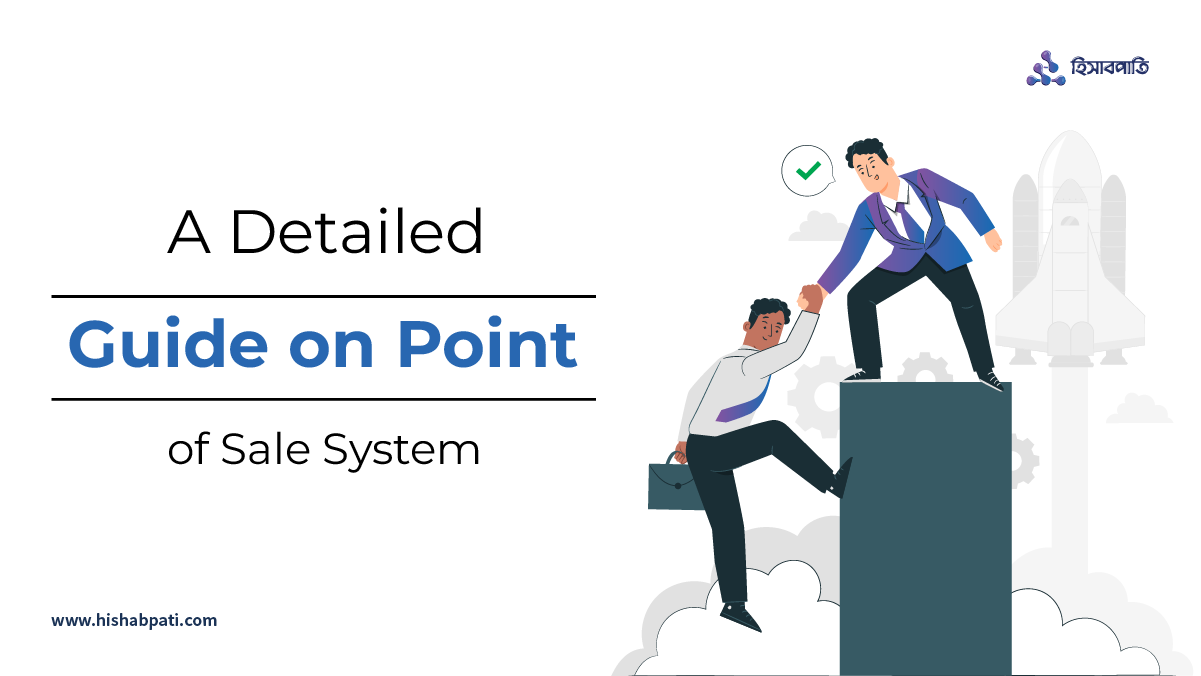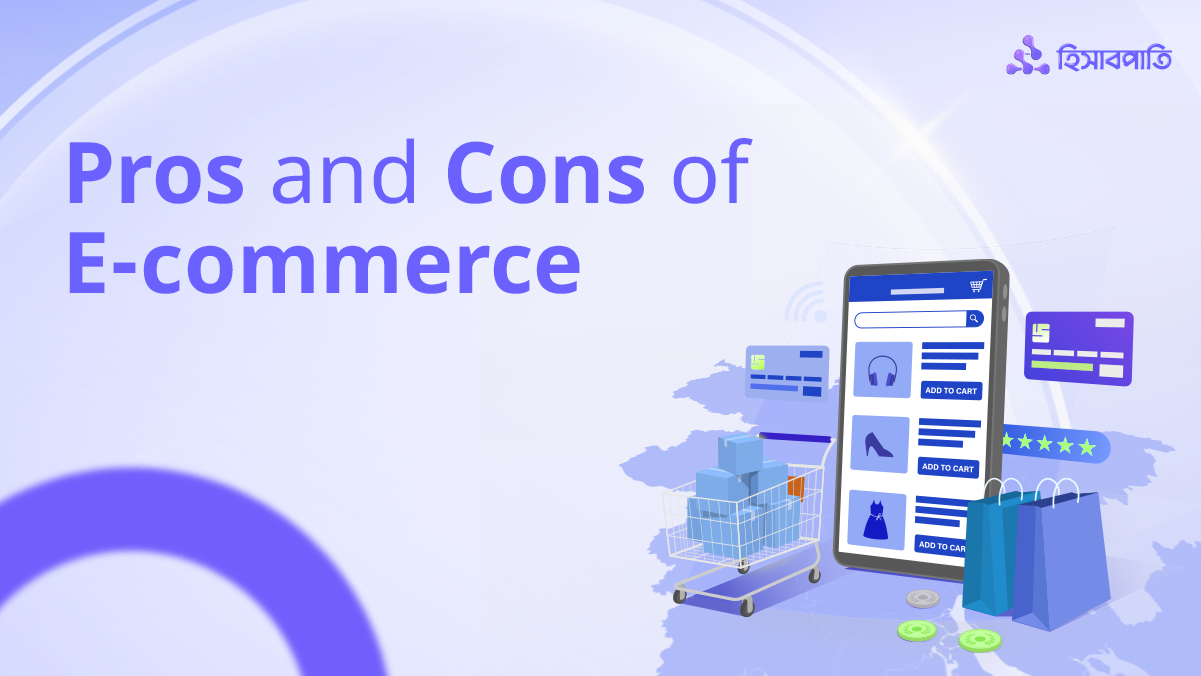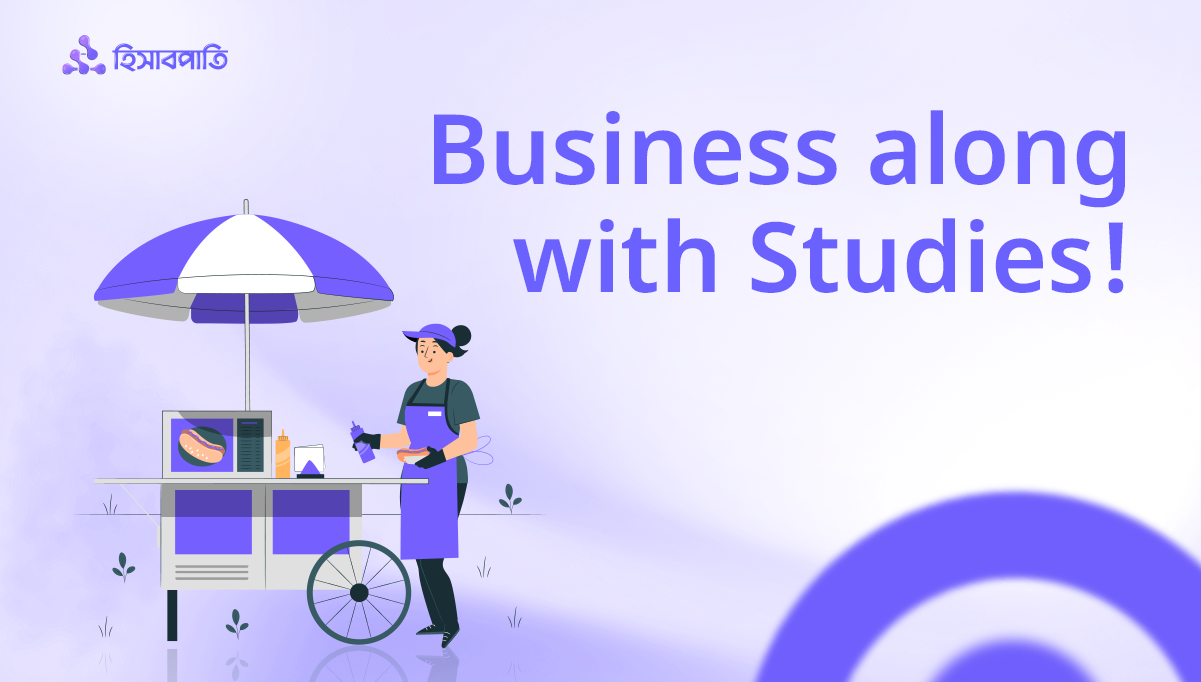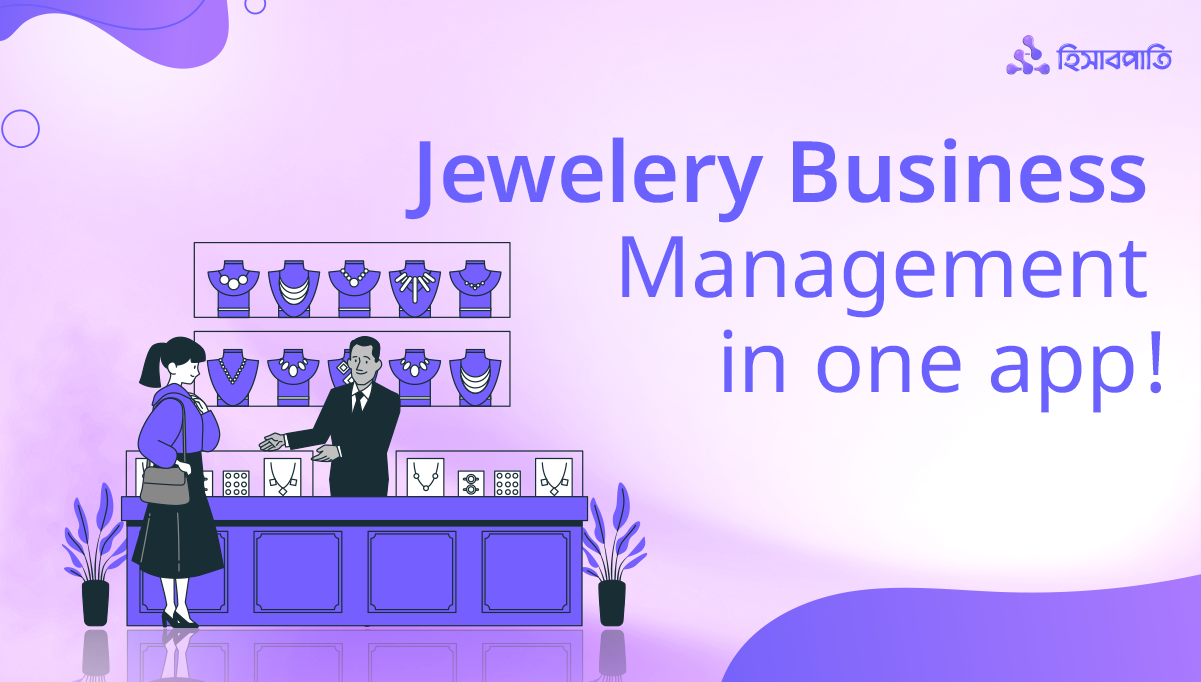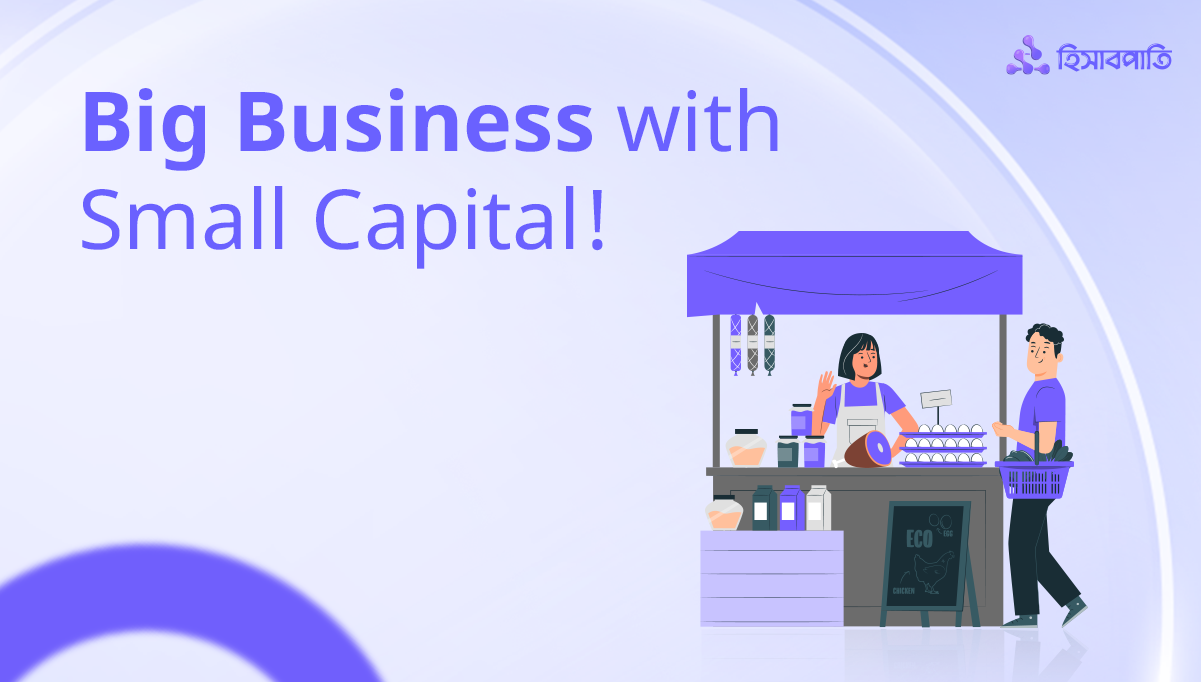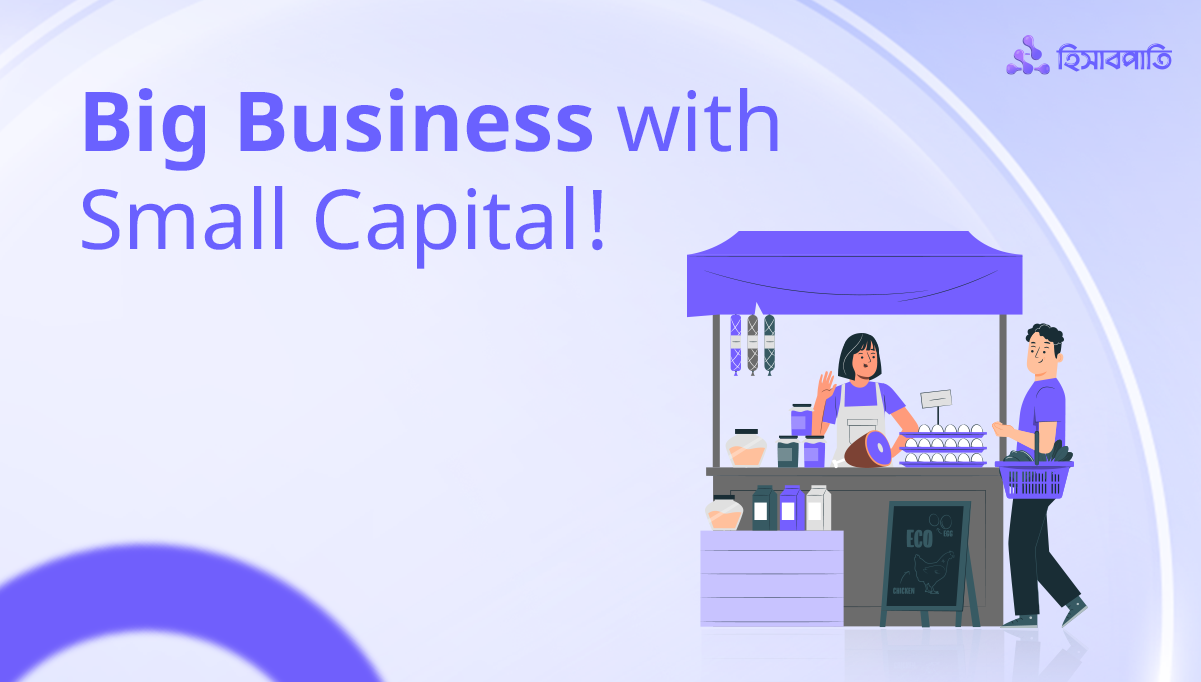Do you know that the POS or Point of Sale software market is going to generate around 20.13 billion dollars in 2023 and is expected to grow to around 42.49 billion dollars by 2027? The figures denote the growing significance of the point-of-sale system. If you are a small business owner who is still not familiar with this term, you are lagging. But you won’t lag anymore, because we’ll discuss a detailed guide on point-of-sale systems here in this article.
What do You Mean by a Point of Sale System?
Generally, a point of sale refers to a total set of software and hardware that automates the sales and services process of your small business. It makes the tasks of your sales staff easier, quicker, and more efficient. This system is useful for all types of businesses such as cafes, stores, restaurants, beauty salons, gas stations, and the like. Around 68% of businesses depend on POS systems to save new sales at their checkout counter.
POS systems nowadays not only manage payment functions but also other functions of your business such as accounting, invoicing, invention, and reporting. A POS system offers you the flexibility to accept payments from your customers in whichever form they prefer. It removes dissatisfaction and turns the buyer experience into a pleasant and convenient one. This, in turn, results in happier users and higher sales.
The Major Elements of a POS System:
A POS system mainly includes point-of-sale software installed on the PC, a specific terminal, and different devices linked to it. Let’s have a look at the elements attached to this system. Just remember that the elements may vary depending on the type of your business.
POS Monitor
It shows crucial information to the monitor’s operator. This operator can be a cashier in a shopping mall or general store, an administrator in a beauty parlor or salon, or a waiter in a restaurant.
Fiscal Registrar
This is a printer of checks and performs fiscal memory functions. It prints checks, and various types of reporting information, stores sales data, and much more.
POS Keyboard
POS keyboards perform data entry tasks and transmit control commands. Often, these come with in-built card readers.
Customer’s Screen
This is also known as the buyer’s screen. It shows necessary information to customers or consumers such as the payable amount.
Barcode Scanner
It enables quick reading of the item or product code and helps to have basic information about it.
Cash Box
Cash boxes store all the money safely.
A Bank Card Reading Device
This device’s main function is organizing your payment process ensuring the best convenience and comfort.
The above-mentioned ones are the key hardware elements. But if you want to develop an advanced POS system, you will also need some other devices that will depend on your business specifics and its certain requirements such as currency detectors, label printers, electronic scales, and the like.
Main Functions of a POS System
A POS system’s primary functions are as follows:
Identifying goods by barcodes.
The cashier or operator won’t be required to remember the whole range of products your company sells. They will just scan the product’s barcode and all the required data on it will be taken and shown automatically.
Automatic payments.
This is a vital function of a POS solution. You just can’t imagine the existence of a modern departmental store or shop or restaurant or gas station, and the like without this function.
Taking Control of inventory balances.
A point-of-sale software stores the latest product information i.e. the auto-recalculation of items remaining in the store or warehouse. Thus, sellers come to know whether they need to order any specific product.
Managing discounts and organizing loyalty programs.
A POS software stores all the relevant data regarding discounts and loyalty programs, and helps you to run and manage discounts and loyalty programs. and loyalty programs, and helps you to run and manage discounts and loyalty programs.
Controlling staff functions.
If staff wants to start working with this software, you need to first approve or authorize her/him. It means you can monitor their activities.
Forming reports.
You can collect statistics regarding your company and analyze that information to create detailed reports based on that. Generally, there are built-in report templates, but you have the option to customize the POS solution as per your requirements.
Ensuring simple database management
Change information regarding the product price, dish composition, and much more with a POS system.
The above-mentioned ones are just some of the things that a POS system can do for you. This system concentrates on facilitating your employee's work by automating their routine activities.
Working Process of a POS System
Generally, in a supermarket the cashier reads the barcode of products with a specific scanner, then the buyers pay either with their debit or credit cards or in cash. This is how the process starts. The rest takes place automatically with some clicks. Now, let’s learn what happens besides this.
The product barcode scan:
The scanner starts reading the product barcode and the product information such as price, probable discounts, markdown, and the like gets auto-transferred to the program in the cash register. Then the program decides which products to issue, creates a sales receipt, and the like. The employee only takes money from your customers and gives them the products.
Payment Process:
The cashier or employee takes the card from the customer and swipes it over the bank card reading device. The POS system receives the card information and contacts the payment service provider or PSP. The PSP gets connected to the bank for the transaction authorization process. Your customer is now asked to enter the PIN to confirm this transaction.
If your customer enters the correct PIN, the POS system receives the price, and the customer gets a message from the bank regarding the payment. The POS system automates and combines the front office (waiter’s terminal, shopping mall checkout, and the like) with the back office (accounting, HR, marketing department, warehouse, and establishment administration). Information exchange takes place among these blocks continuously, generally through a cloud server.
Besides cloud servers, you also have other options such as on-premise POS solutions. Let’s know a bit more about both of these options.
On-Premise POS Solutions
It means here you use your resources for hosting software such as you can buy a server and place it within the office. You also have the option to rent a data center’s dedicated server.
Positives:
- These are more protected and secure as third parties can’t get access to your business data. You’ll get more independence.
- You’ll get more independence.
Negatives:
- It will be an expensive and tough task. You need to keep a mentionable portion of the budget to maintain the equipment and appoint experts to ensure its hassle-free operation and reliability.
- If you think of renting the dedicated server, you will again face some difficulties. Apart from other things, you will need to pay a higher rental fee.
Cloud-based Solutions
Advanced-thinking business owners select this model where all the data is processed and stored in the cloud or virtual server. This type of server works in a shared computing environment and offers services through the internet.
Positives:
- Working stability;
- Good scalability;
- Smooth payment system;
- Accessibility from almost all devices all over the world (if that person has access).
Negatives:
- Some think that data security is reduced as a third party offers this cloud server and the client only interacts from the virtual part. But you can solve this problem by protecting your information in the right way.
As per research, cloud-based solutions are expected to lead the world market for point-of-sale by 2024.
Mentionable Features for Your POS System
Look for the following features while selecting your POS solution based on your type of business.
1. Inventory Management
Manage your inventory with the following options:
- Stock alerts
- Stock levels
- Attributes, options, modifiers, and variants.
- Product categories
- Product and barcodes tracking
- Supplier integration
- Product Import
- Ecommerce integration
2. Payment Options
You will get the following payment options:
- Cash
- Card payments
- Other payment options
- Split tenders/split bills
- Refunds
- Receipts
- No in/out expenses and sales
3. Personnel Management
Personnel or employee management has the following options:
- Admin account
- User accounts and logins
- Employee permissions
- Wages and timesheets
- Training mode
- Staff reports
4. Analytics and Reporting
Monitor your business’s efficiency with this feature and
enjoy the following options:
- Exportable reports (CSV or Comma-Separated Value and Excel)
- Daily reports of sales
- Custom reports
- Sales analytics
- Taxes and VAT
- Accounting system or software integration. HishabPati can be your choice as suitable accounting software. It is compatible with almost all types of POS systems.
5. Loyalty Policy and Customer Management
This feature will let you keep your customers always satisfied with your service or product with the following options:
- Customer analytics
- Customer profiles
- Personalized perks and offers
- Online marketing integration
- Store credit issue
6. POS Features for Restaurants
If you are running a restaurant, look for the following options:
- Table management
- Courses and menu
- Connection with kitchen, reception, and other cash registers
- Ingredient tracking
- Service charges and tipping
7. Location Management
This feature will serve you with the following options:
- Cash register or tills management
- Multiple location management
- Analytics based on location
- Stock transfers
8. Checkout
You will enjoy the following options under this feature:
- Actions and menus shortcuts
- Promotions and discounts
- Convenient product search
- Sales prompts
9. Internet and Hardware
You will get the following options under this feature:
- Offline mode
- Operating System or OS compatibility
- Other POS devices or equipment
10. Invoicing and Billing
Your POS system will make your invoicing and billing tasks easier.
11. Employee Scheduling
This is also one of the crucial features of your POS system.
Considering Factors while Choosing a POS System
Consider the following things while choosing your POS system.
User-friendly
You won’t like to use a POS system where you need to look at your manual time and again or call a tech professional to run the system properly. So, choose a user-friendly one.
Software
POS system’s heart is its software, so choose and test each option’s compatibilities and cost to ensure that they meet your business’s requirements.
Hardware
Choose the hardware for your POS system based on your business’s type and size. If your business is small, you need just a tablet, card scanner, and cash drawer or box. If your business is larger, you need receipt printers, barcode readers, terminals, or more.
Automation
A suitable POS system should have the capability to use your supply chain and logistics to keep the order information and inventory updated.
Integration
Your POS system needs to integrate with all your apps, software, and tools you are using now. Choose POS solutions that can integrate effortlessly with third-party apps.
Support
Always choose a POS service provider that offers 24/7 support through email, phone, and live chat.
PCI Compliance
Research says that small businesses are victims in about 43% of cyber-attacks. So, consider choosing a POS system that complies with the PCI or Payment Card Industry’s established standards for data security. You should also look for features like end-to-end encryption and data tokenization to keep your data safe.
Features
We have already discussed it in our above discussion on features.
The Service Provider or Company
If you want to buy a POS system, you are dealing with the service provider. You need to ask the following questions to the company:
- What is the financial viability of the company? –Of course, you won’t deal with a company that won’t be in the business in the coming year.
- Is POS the company’s core business? - If yes, they will be experts.
- What is their experience? - Study whether this company has experience in helping similar businesses.
- Is it a reseller or provider? - Providers are likely to have better relationships with business entrepreneurs and offer greater merchant support, expertise, and quality than resellers.
- How are the company’s reviews? – Study whether the company has positive reviews or not. Research what people are saying regarding their company, products, and services.
Costs
Choose a POS system that meets your business requirements best within your budget.
Final Words:
Now, you must have a clear idea about POS systems from a detailed guide on point of sale systems like this. So, choose the suitable POS system for your business and reap the benefits of that.

